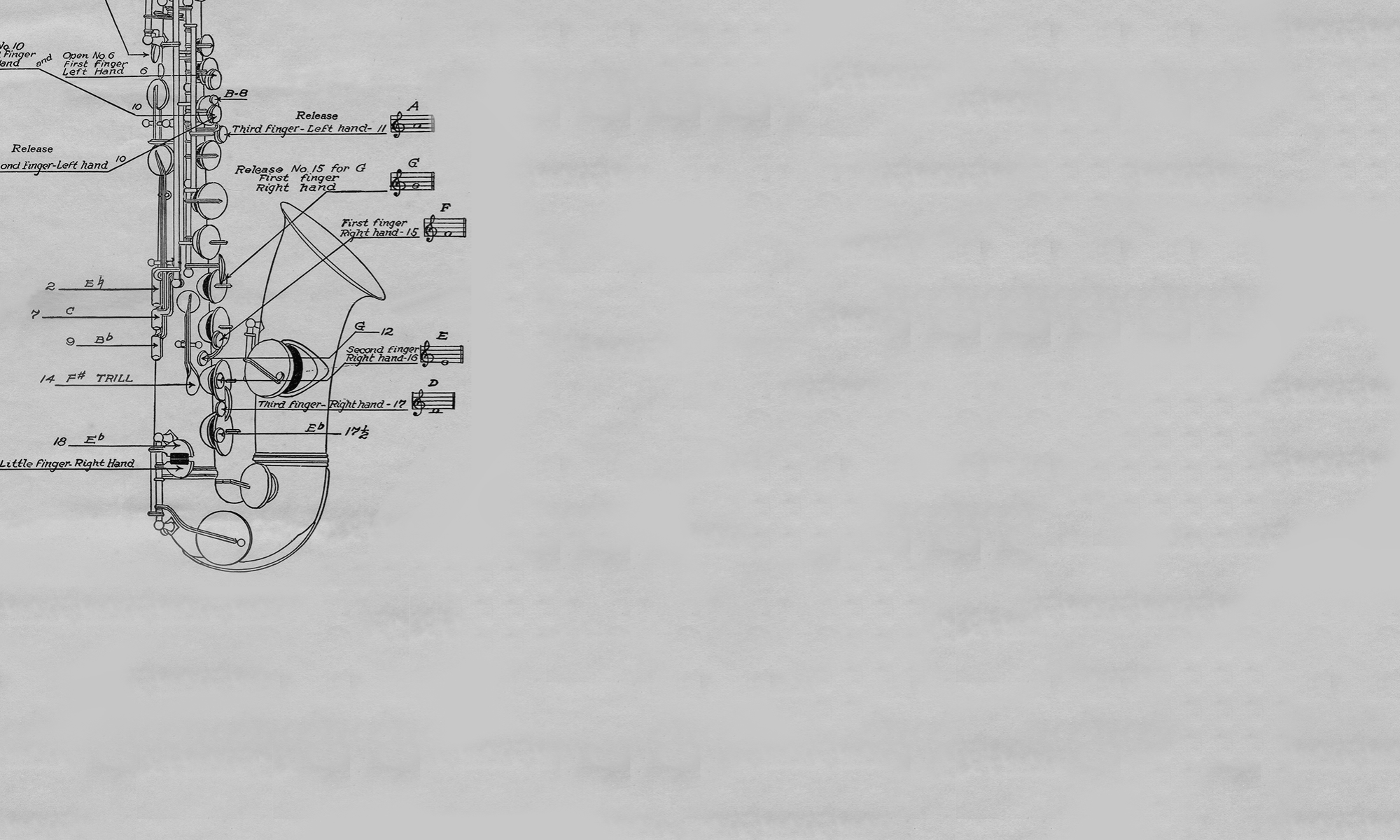from the Musical Americana Collection
The Carl Fischer music company published this instructional performance method book in 1917, considered one of the earliest published methods for playing the saxophone.

The method explains the rudiments for both playing this instrument and reading music. It also provides instructional exercises and solos for students to develop their performance technique. In addition, the book includes a complete fingering chart for the seven types of saxophones commonly used by bands at this time (i.e., B-flat Soprano, E-flat Alto, C Tenor in both treble and bass clef as well as B-flat Tenor, E-flat Baritone, and B-flat Bass). Other saxophone method books published by Fischer at this time included Mayeur’s Saxophone Method, De Ville’s Universal Method for Saxophone, and G. Iasilli’s Modern Conservatory Method.
Benjamin Vereecken (1867-1938) was a Belgian emigre whose first performance in the United States was as a saxophone soloist with Arthur Pryor’s band in 1903. In 1909, he became the featured soloist for the Ringling Brother’s Circus Band forcing Tom Brown to play the tenor saxophone alongside Vereecken for part of that season. Later that year Tom left the Ringling band to form his Brown Brothers sax ensemble.
In 1910, Vereecken joined the Sousa Band as its lead saxophonist, and for the next five years performed as a featured soloist with the Sousa Band. In addition to his performance responsibilities with Sousa’s band, Vereecken also arranged many of Sousa’s music scores for the band earning great respect from the March King. After leaving the Sousa Band in 1915, Vereecken opened a saxophone studio in New York City, and began publishing pedagogical articles on saxophone performance technique for the music journal, Metronome. These articles eventually led to his 1917 method book. That same year he joined Herbert L. Clarke’s Anglo-Canadian Leather Company Band as its lead saxophonist, and in 1923, he followed Clarke to California to perform with the Long Beach Municipal Band.
